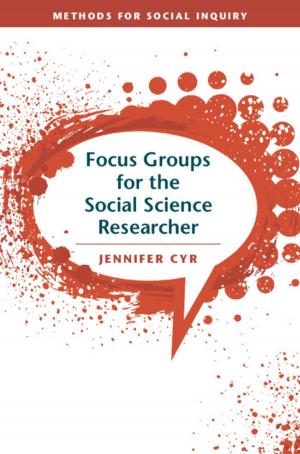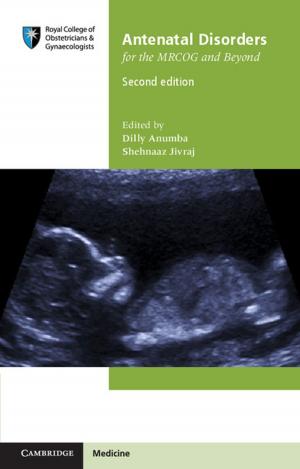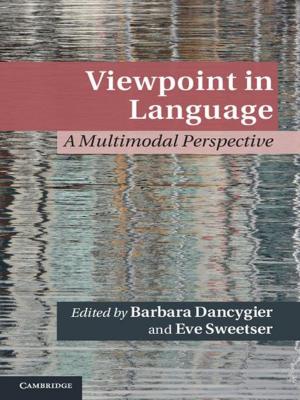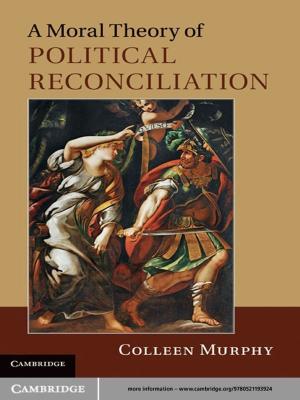Invasive Species
Risk Assessment and Management
Nonfiction, Science & Nature, Nature, Environment, Ecology, Science| Author: | ISBN: | 9781108157926 | |
| Publisher: | Cambridge University Press | Publication: | June 8, 2017 |
| Imprint: | Cambridge University Press | Language: | English |
| Author: | |
| ISBN: | 9781108157926 |
| Publisher: | Cambridge University Press |
| Publication: | June 8, 2017 |
| Imprint: | Cambridge University Press |
| Language: | English |
With climate change and increasing globalisation of trade and travel, the risks presented by invasive pests and pathogens to natural environments, agriculture and economies have never been greater, and are only increasing with time. Governments world-wide are responding to these increased threats by strengthening quarantine and biosecurity. This book presents a comprehensive review of risk-based techniques that help policy makers and regulators protect national interests from invasive pests and pathogens before, at, and inside national borders. Selected from the research corpus of the Centre of Excellence for Biosecurity Risk Analysis at the University of Melbourne, this book provides solutions that reflect scientific rigour coupled with practical, hands-on applications. Focusing on surveillance, stochastic modelling, intelligence gathering, decision making and risk communication, the contents combine the strengths of risk analysts, mathematicians, economists, biologists and statisticians. The book presents tested scientific solutions to the greatest challenges faced by quarantine and biosecurity policy makers and regulators today.
With climate change and increasing globalisation of trade and travel, the risks presented by invasive pests and pathogens to natural environments, agriculture and economies have never been greater, and are only increasing with time. Governments world-wide are responding to these increased threats by strengthening quarantine and biosecurity. This book presents a comprehensive review of risk-based techniques that help policy makers and regulators protect national interests from invasive pests and pathogens before, at, and inside national borders. Selected from the research corpus of the Centre of Excellence for Biosecurity Risk Analysis at the University of Melbourne, this book provides solutions that reflect scientific rigour coupled with practical, hands-on applications. Focusing on surveillance, stochastic modelling, intelligence gathering, decision making and risk communication, the contents combine the strengths of risk analysts, mathematicians, economists, biologists and statisticians. The book presents tested scientific solutions to the greatest challenges faced by quarantine and biosecurity policy makers and regulators today.















